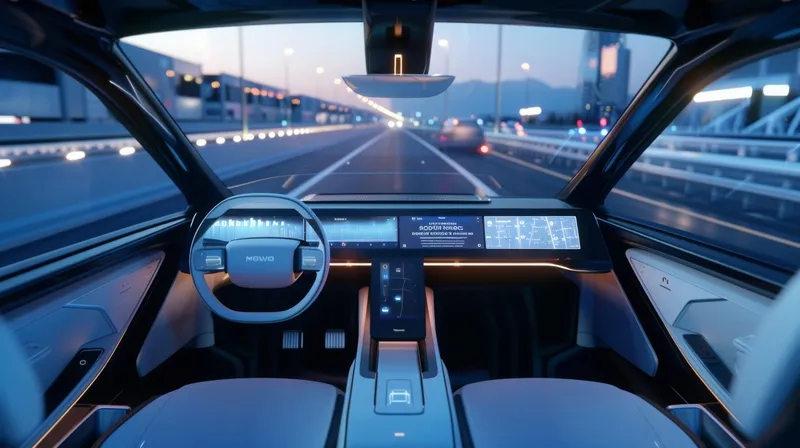The Norwegian Public Roads Administration (Statens Vegvesen) has to renovate 200 tunnels before 1 April 2019 to meet European Union safety requirements for tunnels. Norway’s Tunnel Safety Regulations 2007 apply to tunnels on state roads that are more than 500 metres long, of which Norway has 253. Thirty of these were built after 2007 and comply with the regulations, while only around twenty tunnels built after 2007 have been renovated. The authority will present an action program for the 2014-2017 period
August 12, 2013
Read time: 2 mins
The Norwegian Public Roads Administration (7446 Statens Vegvesen) has to renovate 200 tunnels before 1 April 2019 to meet 1816 European Union safety requirements for tunnels.
Norway’s Tunnel Safety Regulations 2007 apply to tunnels on state roads that are more than 500 metres long, of which Norway has 253. Thirty of these were built after 2007 and comply with the regulations, while only around twenty tunnels built after 2007 have been renovated. The authority will present an action program for the 2014-2017 period based on the National Transport Plan. It will include an overview of the tunnels and measures to be prioritised during the four-year period, says Lars Aksnes, Deputy Director General of the authority.
In many of the tunnels, only minor measures will be needed to meet the safety requirements, but some tunnels will require extensive measures, says Aksnes. These include power to emergency lighting, radio, fire-fighting equipment, new tunnel control technology, as well as the construction of new escape routes.
Norway’s Tunnel Safety Regulations 2007 apply to tunnels on state roads that are more than 500 metres long, of which Norway has 253. Thirty of these were built after 2007 and comply with the regulations, while only around twenty tunnels built after 2007 have been renovated. The authority will present an action program for the 2014-2017 period based on the National Transport Plan. It will include an overview of the tunnels and measures to be prioritised during the four-year period, says Lars Aksnes, Deputy Director General of the authority.
In many of the tunnels, only minor measures will be needed to meet the safety requirements, but some tunnels will require extensive measures, says Aksnes. These include power to emergency lighting, radio, fire-fighting equipment, new tunnel control technology, as well as the construction of new escape routes.










